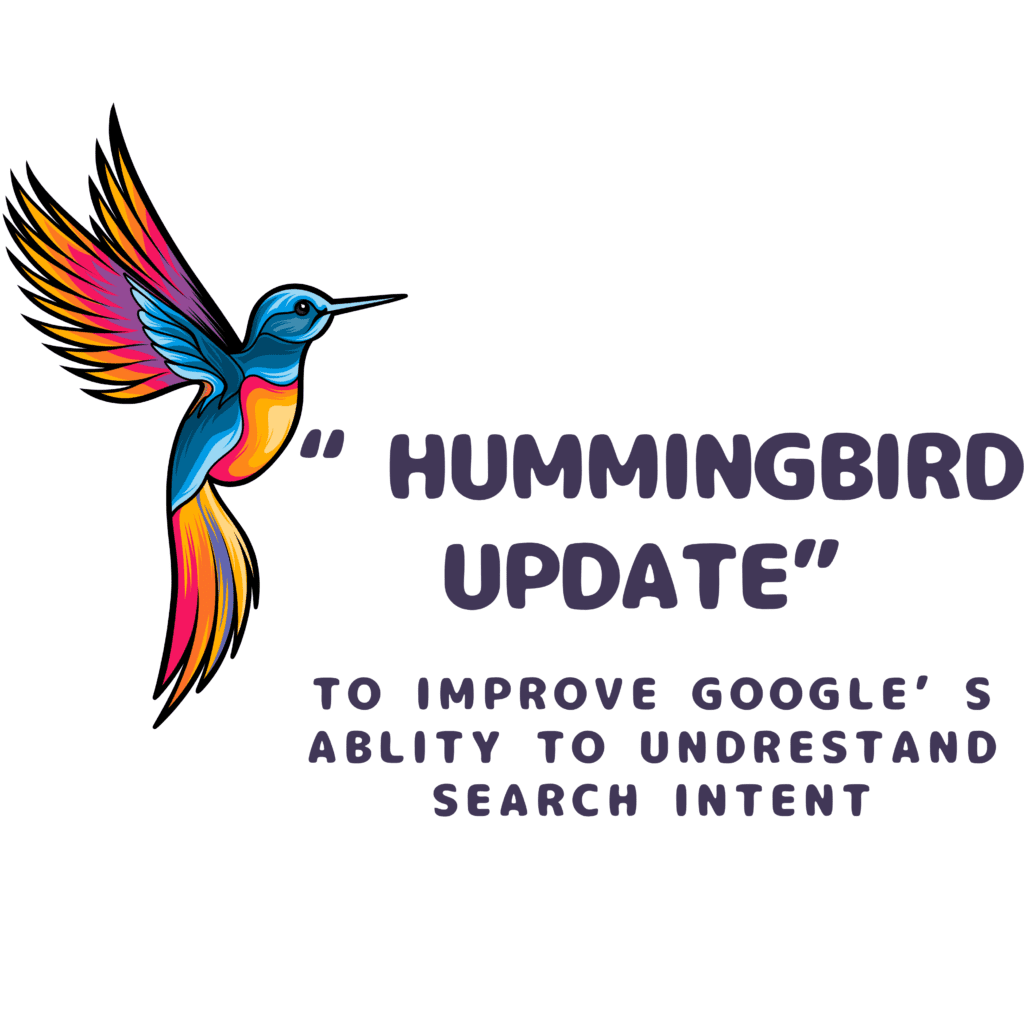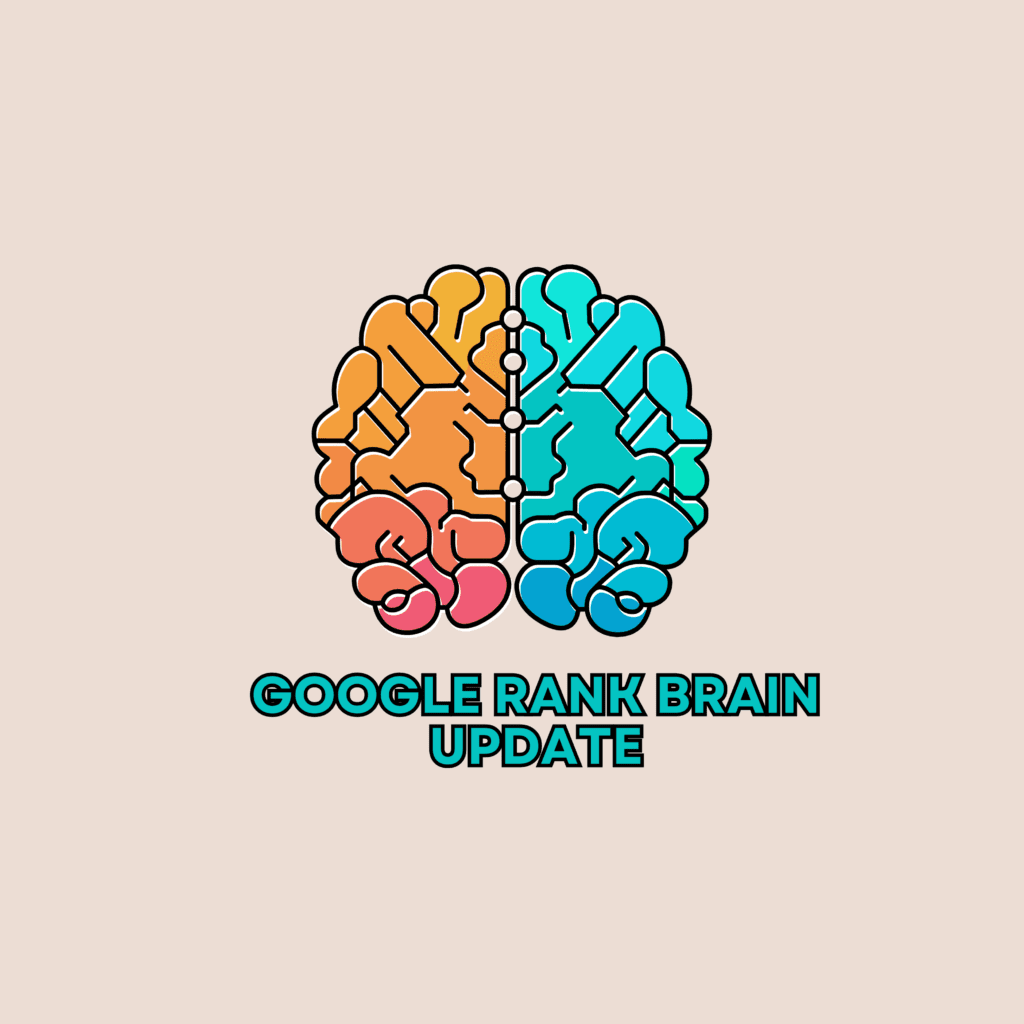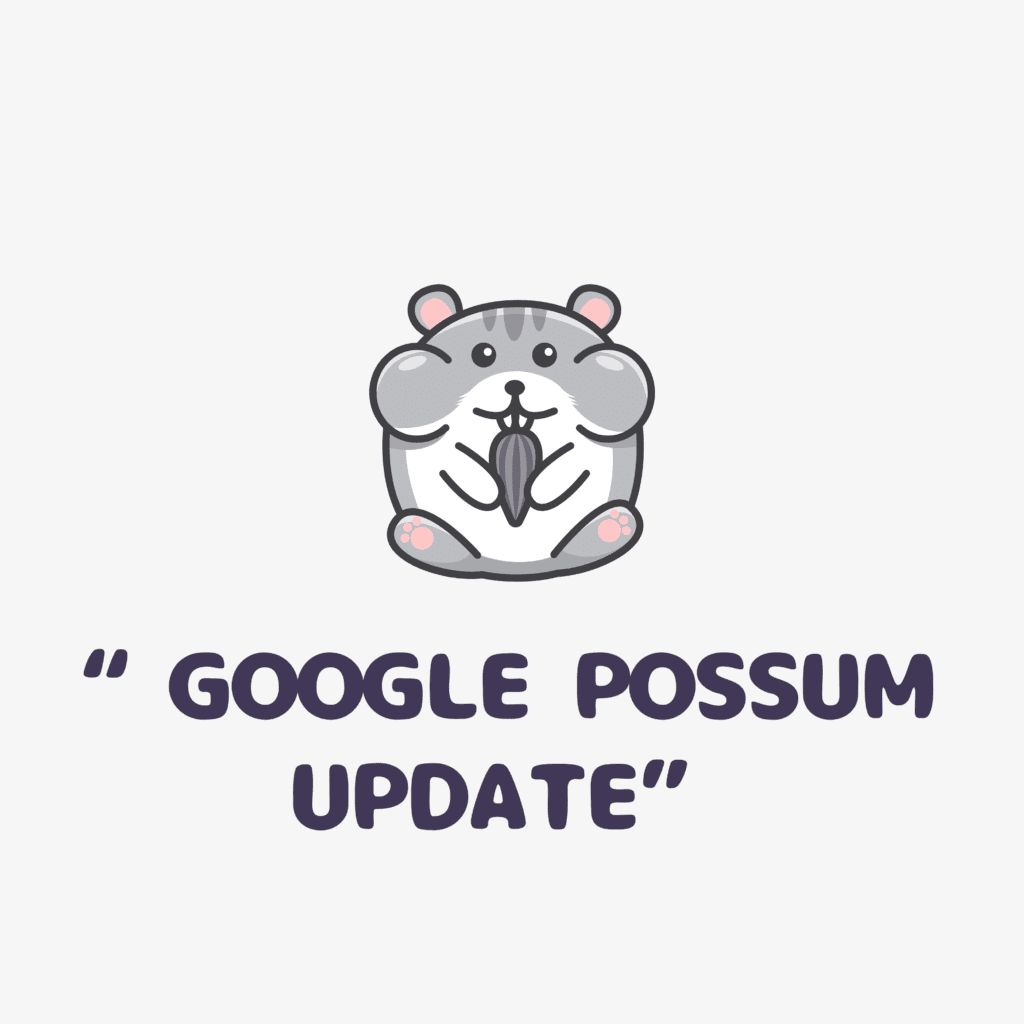Google’s Algorithm Updates: A Complete History & Latest Changes

History of Google’s Algorithm Updates
Google’s search algorithm has evolved significantly since its early days, aiming to improve search results, enhance user experience, and eliminate spammy or low-quality content. The first major algorithm updates focused on tackling keyword stuffing and link manipulation. Over time, Google introduced AI-driven updates to understand user intent better and prioritize high-quality, relevant content.
With each update, Google refines its ranking signals, ensuring that websites with valuable, trustworthy, and authoritative content rank higher in search results.
Major Google’s Algorithm Updates
Google has rolled out several impactful updates over the years. Here are the most significant ones:
1. Google Panda (2011)
- Aimed at penalizing low-quality, thin content and duplicate content websites.
- Websites with poor user experience, excessive ads, and low-value content saw ranking drops.
- Encouraged sites to focus on high-quality, original content.


2. Google Penguin (2012)
- Targeted websites using spammy, manipulative link-building tactics.
- Penalized sites with unnatural backlinks and keyword stuffing.
- Encouraged ethical, high-quality link-building strategies.
3. Google Hummingbird (2013)
- Focused on understanding search intent rather than just keywords.
- Improved results for conversational and voice searches.
- Made semantic search and context-based results more effective.


4. Google Pigeon (2014)
- Enhanced local search results by improving Google Maps ranking.
- Strengthened connections between traditional search and local search.
- Benefited businesses optimizing for local SEO.
5. Google Mobile-Friendly Update (2015) (“Mobilegeddon”)
- Prioritized mobile-friendly websites in search rankings.
- Penalized websites that were not optimized for mobile devices.
- Encouraged responsive web design and mobile-first indexing.


6. Google RankBrain (2015)
- Introduced machine learning to improve search result relevance.
- Helped Google understand complex search queries better.
- Played a key role in ranking websites based on user intent.
7. Google Possum (2016)
- Improved local search accuracy.
- Filtered out duplicate or similar businesses in local search results.
- Made location-based ranking factors more effective.


8. Google Fred (2017)
- Targeted websites with low-quality content designed primarily for monetization.
- Penalized aggressive ads and low-value content sites.
- Encouraged high-value, user-centric content creation
9. Google BERT (2019)
- Used AI to improve natural language processing (NLP).
- Helped Google understand the meaning behind search queries more effectively.
- Benefited websites with well-structured, informative content.

10. Google Core Updates (Ongoing)
- Broad updates affecting overall search rankings.
- Encourage E-A-T (Expertise, Authoritativeness, Trustworthiness) in content.
- Improve content quality, user experience, and search relevance.
Frequently Asked Questions (FAQs) on Google’s Algorithm Updates
Conclusion
Google’s algorithm updates play a crucial role in refining search results and promoting high-quality content. Staying informed about these updates and adapting SEO strategies accordingly helps businesses maintain strong search rankings. By focusing on user experience, relevant content, and ethical SEO practices, websites can continue to thrive despite algorithm changes.
